
Substantial weight loss can help patients’ eye health, study results show.

The Research to Prevent Blindness (RPB), the Association of University Professors of Ophthalmology (AUPO) and an anonymous donor have recognized Donald Zack, MD, PhD, for ground-breaking contributions to the field of vision research.
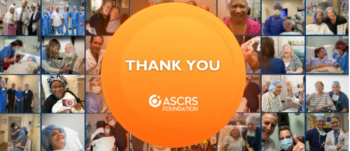
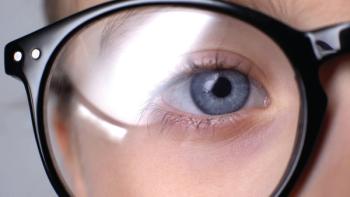
According to Oculus, its Myopia Master saves space and can be mounted on a workstation or an ophthalmic table. The software is operated directly via an inbuilt display.
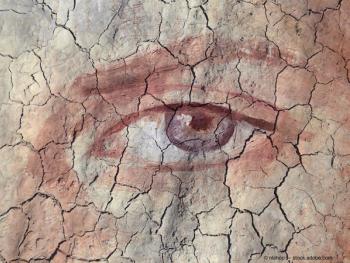
The company is evaluating topical cyclosporine to treat the signs and symptoms of dry eye disease.

According to the Refractive Surgery Council, patients continue to have a high level of interest in laser vision correction procedures.

Taking control of a practice’s future with investment, creative thinking

pVerify's Vision Benefits API allows front-office staff to handle vision eligibility verifications seamlessly in their own EHR.
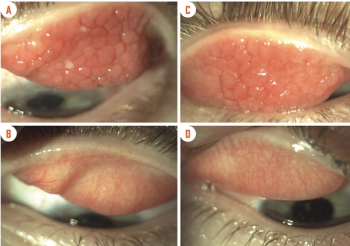
Most patients with allergic disorder are children, adolescents, or young adults.

Llama nanobodies may be key to beating COVID-19 variants.

Heru Inc., announced Thursday that it has partnered with Vision Source on the commercial availability launch of re:Vive, a wearable diagnostics and visual field application.

Outlook Therapeutics has reported positive efficacy and safety data from Phase 3 NORSE TWO trial of bevacizumab-vikg.

The organization hopes to help 1 billion people worldwide, committing the international community to improve vision for 1.1 billion people living with preventable vision loss by 2030.

Perhaps the most important consideration is understanding the neuromuscular pathway that retracts and protracts the eyelid.

Use of a drug to correct the eyelid position could eliminate the complications associated with surgery.

Investigators uncovered evidence that CaMKII could prove to be a desirable therapeutic target for vision preservation in conditions that damage the axons and somas of retinal ganglion cells.

A team of investigators used corneal confocal microscopy to identify corneal nerve damage in cases of long COVID.
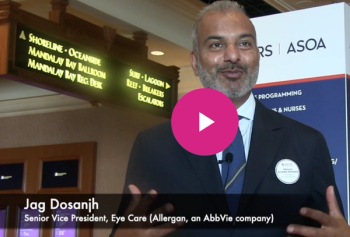
Jag Dosanjh, senior vice president of U.S. Eye Care, Allergan, an AbbVie company, offers a preview of the company's latest innovations, developments, and what attendees can look forward to at ASCRS 2021.
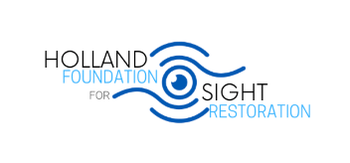
This announcement was made at the 2021 ASCRS annual meeting.

A new report has found that glaucoma specialists’ procedure of choice has changed as a result of the COVID-19 pandemic.
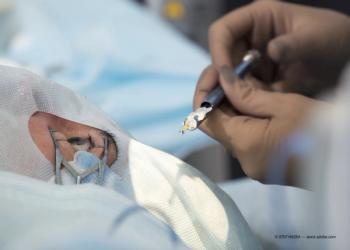
AAO, Surgical Care Coalition teaming up to ensure the final version of the rule is fair to ophthalmologists and surgeons as one company is expressing its disappointment in the proposal.

Nanoscope Therapeutics Inc. has dosed its first patient in a late-stage Phase 2b trial of a gene therapy that delivers multi-characteristic opsin to retinal cells.
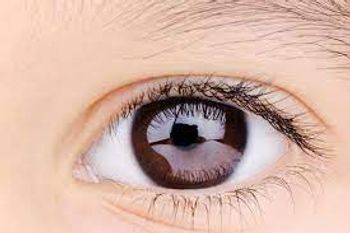
The Gilbert Family Foundation is collaborating with the Children’s Oncology Group and Children’s Hospital of Philadelphia to validate a tool to measure progressive vision loss.

According to iSTAR Medical, the STAR-V study will investigate the device in 350 patients with primary open angle glaucoma.

Alkeus Pharmaceuticals, Inc, announced Thursday that the FDA has granted Breakthrough Therapy Designation (BTS) for ALK-001 (C20-D3-vitamin A) for the treatment of Stargardt disease.

Usher syndrome 1G protein SANS regulates the splicing of genes, particularly those linked to Usher syndrome, which can lead to early vision loss form RP.
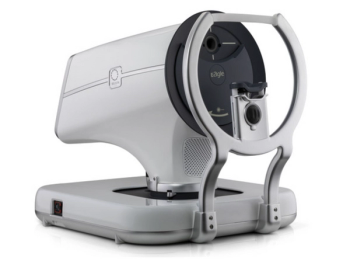
The company, formerly called BELKIN Laser, announced Thursday that it will begin operating under the new name BELKIN Vision.

Physicians in India have reported 7,200 documented cases of mucormycosis infections in patients with severe COVID-19 infections.

ASCRS has issued a statement calling on Aetna to drop a new prior authorization policy it implemented last week that delays cataract surgeries.
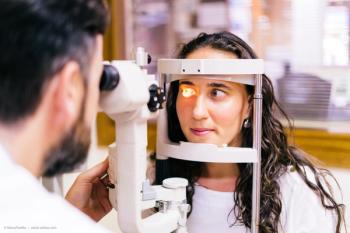
Ex vivo experiment identifies potential benefit for supplementary oxygen.